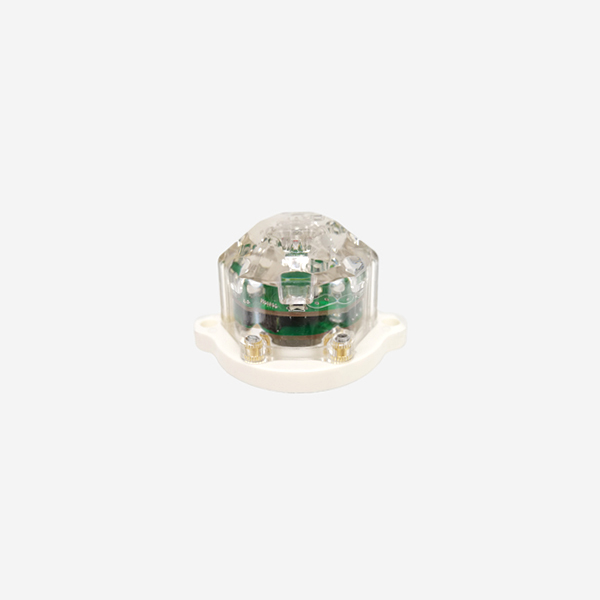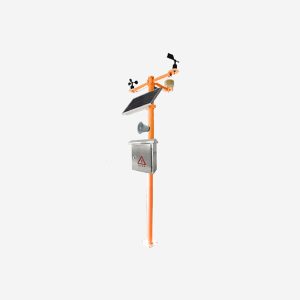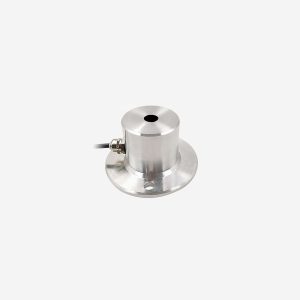Product Introduction:
JXCT pulse optical rain sensor series is a reliable and economical choice for precipitation measurement. The overall size of the optical rain gauge is about the size of a tennis ball, and the internal sensors are completely isolated from the external environment. Equipped with mounting brackets, the product can be easily installed on weather stations, street lights and other infrastructure.
* Models:JXBS-3001-GXYL
* Minimum order quantity: 1 piece
* Delivery time: within 24 hours
Parameters:
Measurement parameter: rainfall
Name: Pulse rainfall sensor
Model number: JXBS-3001-GXYL
Communication mode: Pulse 0-5V
Power supply: 12-24V power supply
Measuring range: maximum instantaneous rainfall :0.4mm/s; Rain sensing diameter :4.7CM
Material: ABS
Features:
1. Optical rain gauge is small, easy to install and easy to maintain.
2. Optical rain gauge uses electron optics and a series of micro-electronic filtering, amplification, detection technology. The advantage of this principle is its high sensitivity.
3. During installation, as the optical rain gauge is a non-mechanical and non-contact measurement, there is no horizontal installation requirement, so the installation is simple and subsequent maintenance is convenient.
4. The shell has smooth lines and easy to maintain design, which is not easy to be blocked by fallen leaves.

Attention:
1.Assembly Instructions
(1) Assemble the sensor according to the instructions. Pull the waterproof gasket several times during installation so that it will fit easily during installation. You can also apply waterproof silicone grease to waterproof washers and screws.
(2) The rain sensor must ensure that the surface of the cover is dry before installation. Any water vapor droplets will cause a measurement error. You can selectively use some desiccant in it. If the rain sensor fails to discharge the water in time, a 3mm diameter hole can be drilled into the bottom of the cover to assist drainage.
2.Installation Instructions
(1) Please install the optical rainfall sensor in the correct way. Please place it horizontally and install it in a proper position. Pay attention to the fact that there is no shelter above the waterproof cover of the sensor.
(2) The waterproof hole under the sensor leads out, please be sure to use outdoor waterproof sealing line.
(3) When fixed in the open air, please fix the product stably, otherwise any shaking in the sun will lead to additional errors.
FAQs:
1. What is the working principle of optical rainfall transmitter?
When the raindrop passes through the sampling space, the raindrop will block the laser, the optical signal received by the receiving sensor and the electrical signal converted from the optical signal (such as voltage or current) will change. As the raindrop passes through the sampling space, it receives an electrical signal from the sensor. Restore the previous state. When the raindrop passes through the sampling space, the time of raindrop passing through the sampling space can be obtained by processing the electrical signal of the receiving sensor.
2. How to maintain an optical rain gauge?
Before installing an optical rain sensor, ensure that the cover surface is dry. Any drop of water will cause a measurement error. You may choose to use some desiccant in it.
If the optical rain gauge is placed outdoors for a long time and the operating environment is harsh, the surface of the optical rain gauge should be kept clean, wiped often with a soft cloth, and cleaned once a month for a long time. Long-term work, must be cleaned every three months.

Pulse Optical Rain Sensor Introduction Manual





Reviews
There are no reviews yet.